Matthew Miller, Bodice and DYNE win the International Woolmark Prize 2018

In this glittering age of e-luxury, have we lost touch with the material value of our clothes? The Woolmark Company is working tirelessly to reignite our sensory responses towards wool – one of the world’s most ecological and sustainable fibres, which is created using a lengthy and expert manufacturing process, that often spans generations of growers and spinners.
Woolmark began in the late thirties, when Australian woolgrowers voted for a levy to be imposed on each bale of wool they produced so that their product could be promoted around the world. Yesterday, 12 finalists from New Zealand to New Delhi gathered in the Stazione Leopolda in Florence for the global final of The International Woolmark Prize – an initiative striving to maintain Australian wool's position as the ultimate natural fibre and premier ingredient in luxury apparel. This is the first year that the awards have been put right next to Pitti Uomo, generating what Stuart McCullough, chief Executive Officer of Australian Wool Innovation hopes, ‘more of a buzz for the fibre.’
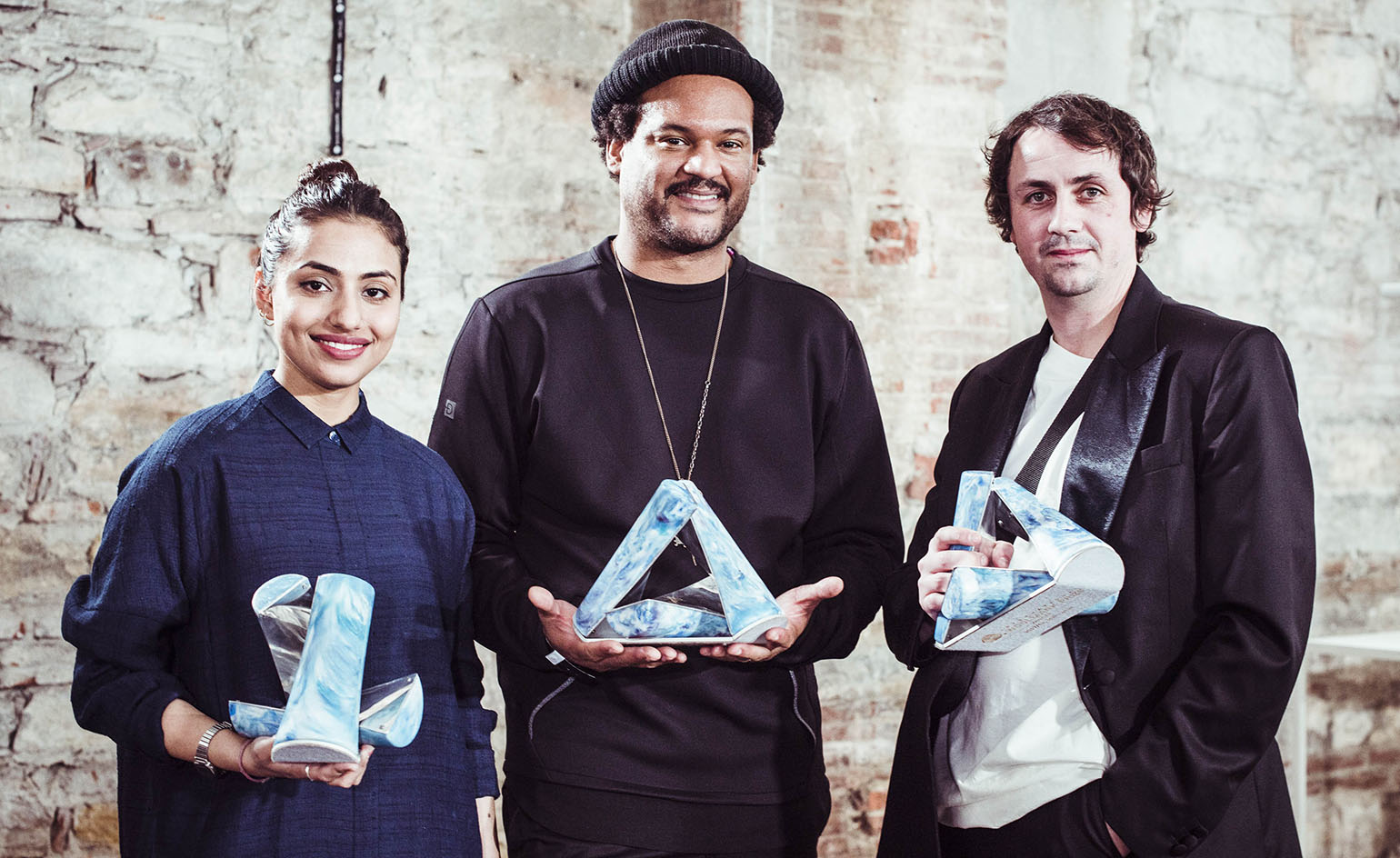
Winners of the 2017/2018 International Prize were Portland label DYNE, Delhi-based label Bodice and London-based designer Matthew Miller
The British designer Matthew Miller and Bodice, the Delhi based line designed by Ruchika Sachdeva were announced the winners of the menswear and womenswear prizes this year. They will each receive AU$200,000 to help support the development of their business, ongoing industry mentor support, Woolmark certification for their winning collection and the opportunity to be stocked in some of the world's most prestigious department stores and boutiques including Boon The Shop, Harvey Nichols and Lane Crawford.
‘The ability to create something beautiful is intrinsic to a designer, but they sometimes lack business acumen,’ McCullough said of the awards. Without funds, creativity can remain stagnate: ‘keeping these designers in business is a really important part of what this is about. A lot of them might be successful in a small way, in a small place, but winning this prize means that very quickly they’ll be working with some major retailers. That means they’ve got to supply on time, be consistent, they can’t let those retailers down and that requires business acumen.’
The prize has a long history. It was first launched in 1953, but in 1954 the prizes were given to two unknown designers from Paris. Karl Lagerfeld, then 21, received the prize for a chic yellow coat, cut low on the shoulders. An 18-year-old Yves Saint Laurent was lauded for a sharp black cocktail dress with a sheer sash across the shoulder. Lagerfeld reportedly spent his winnings on clothes down the Champs-Elysées but Sachdeva has no such plans: ‘I need a break, but there is so much more to do,’ she laughs.
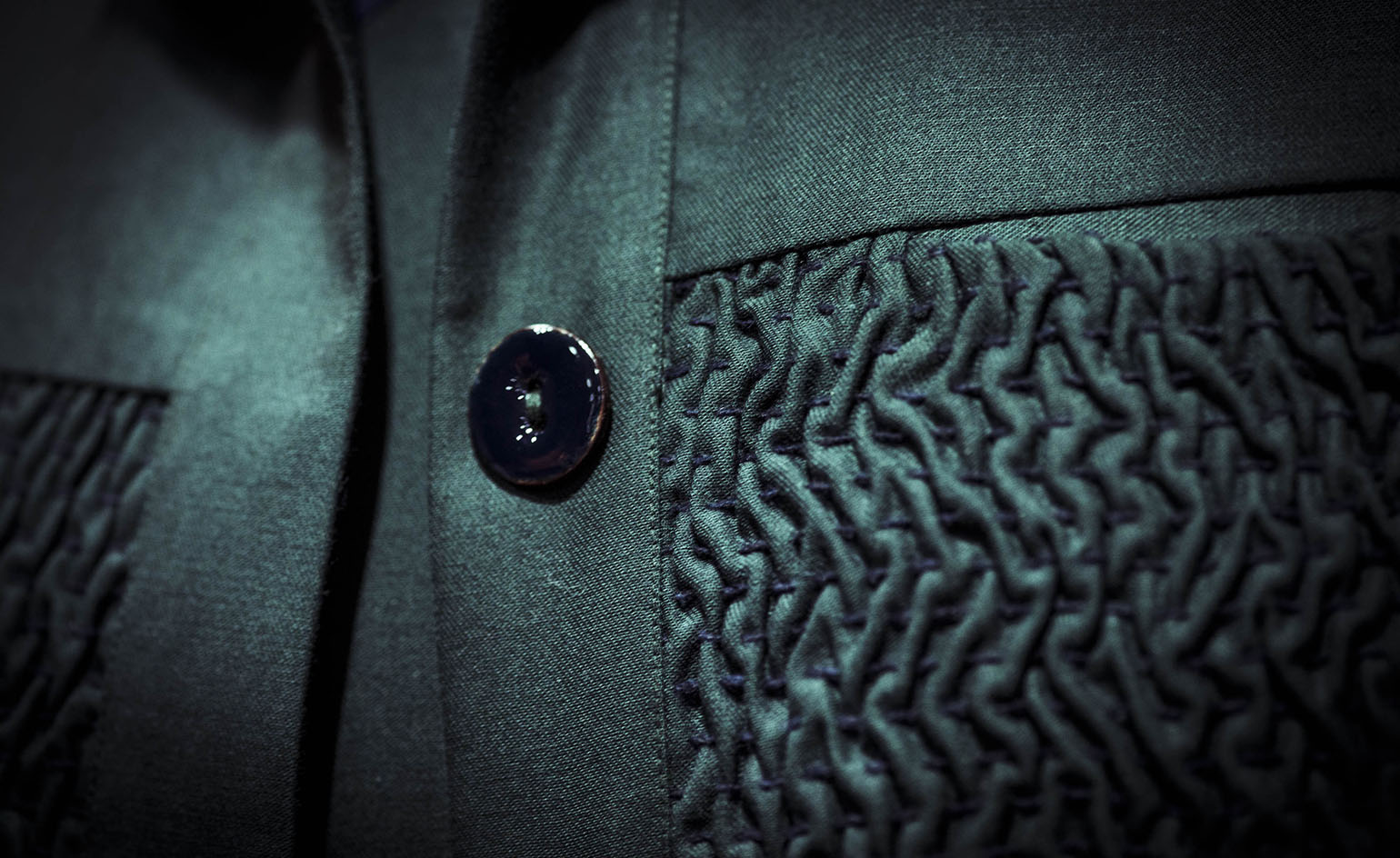
Detail of Bodice's winning designs
Her capsule collection was an extension of the work she has been producing since starting her label in 2011. She used Indian hand-craft techniques in modern ways – a Kantha running stitch is used on jackets and shirts: ‘Women in India use this technique to recycle their old saris into quilts for new-borns,’ she says. ‘I remembered that my grandmother had made some for me. She didn’t even know she was recycling! It looked so contemporary and it had a real message about sustainability too.’

Detail of Matthew Miller's winning designs
Miller, who launched his namesake label in 2009 after graduating from the Royal College of Art, has always used wool in his clothes and thought it was time to apply. ‘It was a no-brainer to be a part of Woolmark, I’ve been using it for years,’ he says. He created a double-breasted tuxedo and overcoat with 100% Merino wool removable lining and a bonded waterproof wool shell, complete with recycled Levanto marble buttons. ‘Winning this means you’ve been accepted. Peers in the industry have accepted you and that’s what you strive for. Everyone starts to imitate before they start to innovate but to be recognised, it really means something.’
The award was judged by an esteemed panel, including Vogue Italia’s Emanuele Farneti, sustainability advocate Livia Firth and designer Phillip Lim. The meeting of editorial appeal and saleability was key. ‘I wanted to know how the designers thought about the production process,’ judge Tiffany Hsu said. As Buying Manager RTW at Mytheresa, she will be ordering from the collections and was interested by the amount of traditional craftsmanship on offer: ‘The luxury customer really appreciates these processes. Ultimately, this is the most sustainable way of making clothes as things are carefully produced and thought about. It goes back to how we used to treat garments, as special things,’ she says.
New for this year is the Innovation award. Created in partnership with Fashion Tech Lab, the prize looks to bridge the gap between advances in technology, sustainable innovation and luxury fashion. Its inaugural winner was DYNE, a label by the Portland, Oregon based designer Christopher Bevans. The judges were impressed by Bevans’s experimental approach as pieces of his technical snowboarding wardrobe included NFC chips to track users in avalanches. ‘I mean, that is the future, right?’ Tsu mused.

Bodice's winning designs

Matthew Miller's winning designs
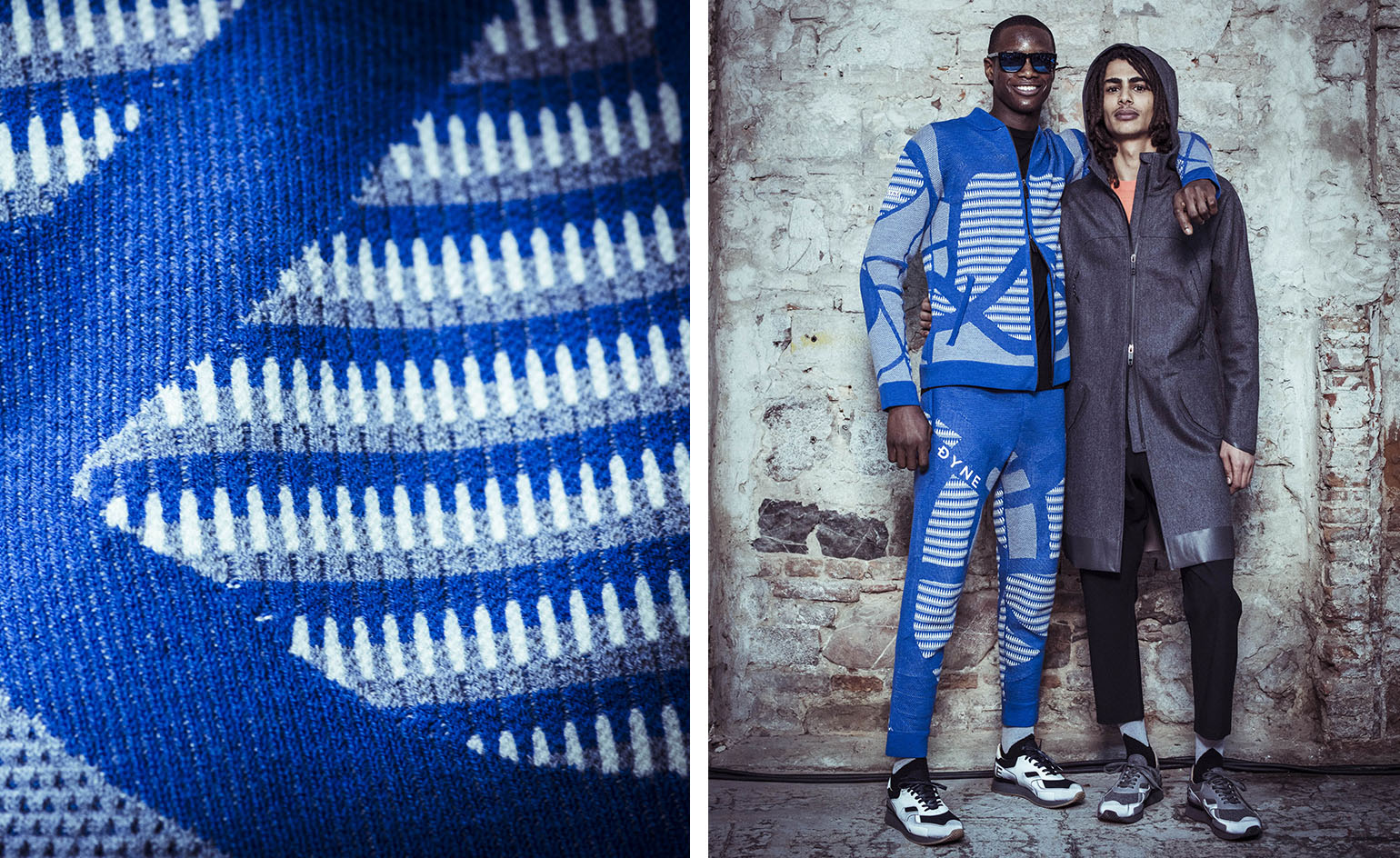
DYNE's winning designs

12 global finalists took part in the International Woolmark Prize
INFORMATION
For more information, visit the Woolmark Company website, the International Woolmark Prize website, the Matthew Miller website, the Bodice website and the DYNE website
Receive our daily digest of inspiration, escapism and design stories from around the world direct to your inbox.
London based writer Dal Chodha is editor-in-chief of Archivist Addendum — a publishing project that explores the gap between fashion editorial and academe. He writes for various international titles and journals on fashion, art and culture and is a contributing editor at Wallpaper*. Chodha has been working in academic institutions for more than a decade and is Stage 1 Leader of the BA Fashion Communication and Promotion course at Central Saint Martins. In 2020 he published his first book SHOW NOTES, an original hybrid of journalism, poetry and provocation.
-
 A tale of two Audis: the A5 saloon goes up against the A6 Avant e-tron
A tale of two Audis: the A5 saloon goes up against the A6 Avant e-tronIs the sun setting on Audi’s ICE era, or does the company’s e-tron technology still need to improve?
-
 Inside Christian de Portzamparc’s showstopping House of Dior Beijing: ‘sculptural, structural, alive’
Inside Christian de Portzamparc’s showstopping House of Dior Beijing: ‘sculptural, structural, alive’Daven Wu travels to Beijing to discover Dior’s dramatic new store, a vast temple to fashion that translates haute couture into architectural form
-
 A music player for the mindful, Sleevenote shuns streaming in favour of focused listening
A music player for the mindful, Sleevenote shuns streaming in favour of focused listeningDevised by musician Tom Vek, Sleevenote is a new music player that places artist intent and the lost art of record collecting at the forefront of the experience
-
 Solange and St Heron celebrate finalists of International Woolmark Prize 2021
Solange and St Heron celebrate finalists of International Woolmark Prize 2021Solange Knowles and her creative agency make a film, Passage, showcasing the fashion designs of the six finalists of the International Woolmark Prize 2021 – the winner of which will be announced on 10 June 2021
-
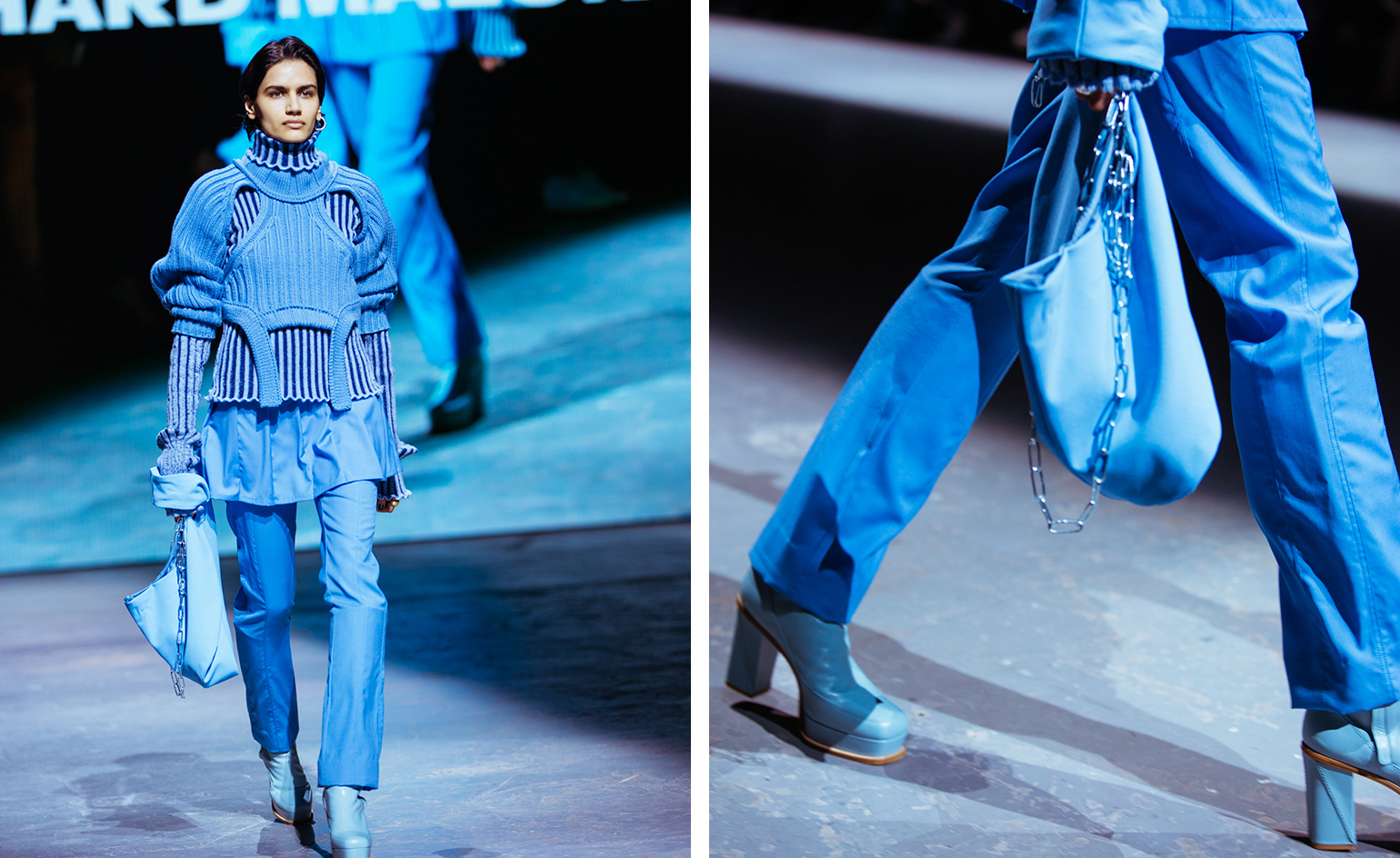 Richard Malone wins International Woolmark Prize 2020
Richard Malone wins International Woolmark Prize 2020The International Woolmark Prize has announced the winner of its 2020 edition. Celebrating designers working with Merino wool, the award asks fashion talents to outline their commitment to sustainable practices
-
 Edward Crutchley and Colovos scoop International Woolmark Prize 2019
Edward Crutchley and Colovos scoop International Woolmark Prize 2019 -
 Take it slow: LA trainer brand No One on setting its own pace
Take it slow: LA trainer brand No One on setting its own pace -
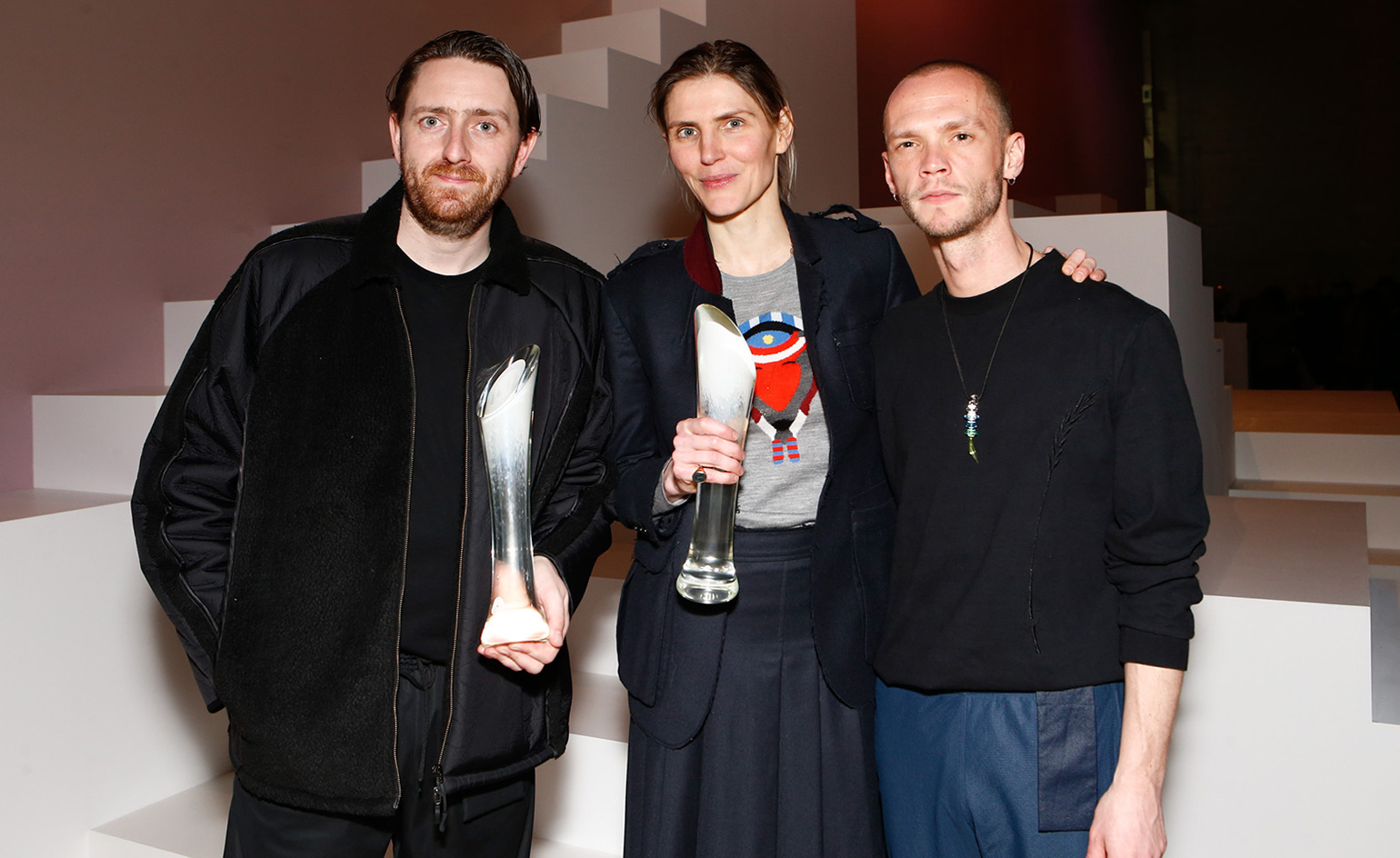 Wool’s worth: Gabriela Hearst and Cottweiler awarded the 2017 Woolmark Prize
Wool’s worth: Gabriela Hearst and Cottweiler awarded the 2017 Woolmark Prize -
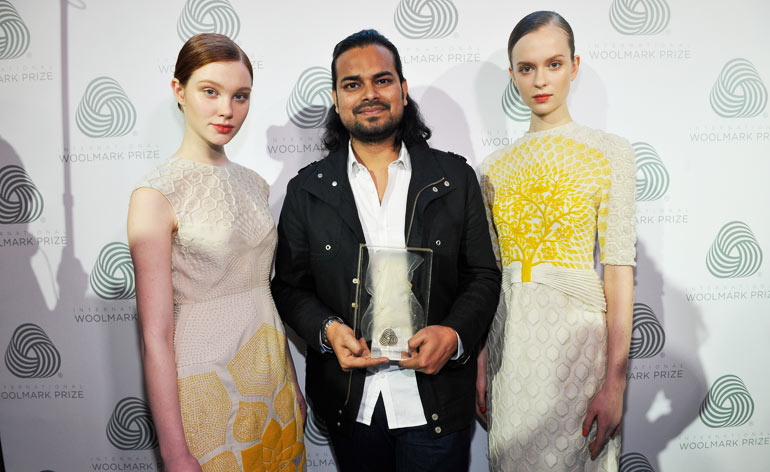 Rahul Mishra wins the 2014 International Woolmark Prize
Rahul Mishra wins the 2014 International Woolmark Prize -
 Christian Wijnants wins the 2013 International Woolmark Prize, London
Christian Wijnants wins the 2013 International Woolmark Prize, London